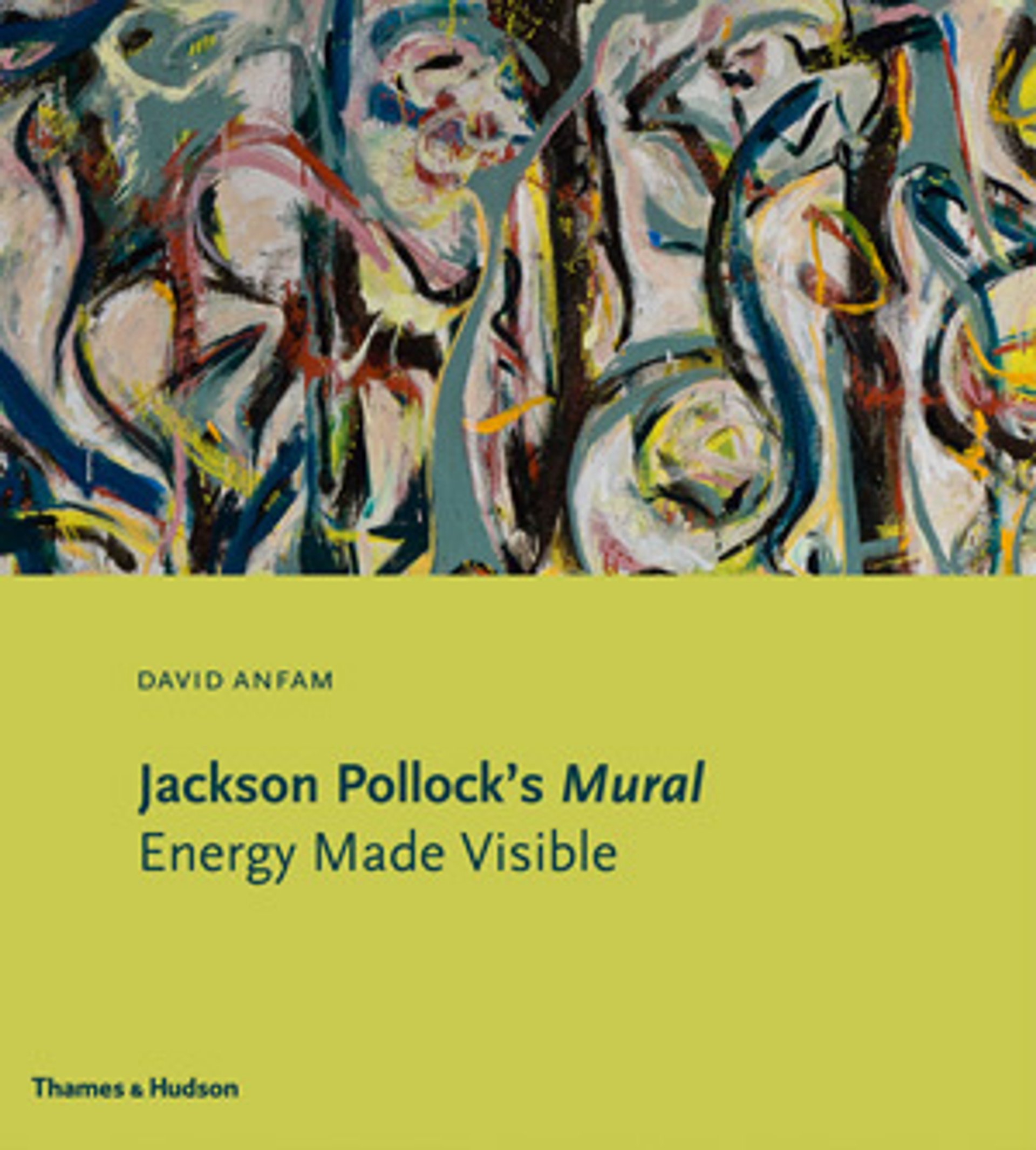Any opportunity to see a groundbreaking work of art with fresh eyes is a rare privilege. Jackson Pollock’s Mural (1943) emerged in March 2014 from extensive treatment and scrutiny at the Getty Center, Los Angeles, as a splendidly rejuvenated and better understood landmark of experimental Modern art, and is currently on show at the Peggy Guggenheim Collection, Venice. We now know for sure that Pollock did not execute the entire painting in one magical night, although possibly he established its essential structure that quickly. The tale of Marcel Duchamp trimming eight inches from one edge so that Mural would fit its allotted space in Peggy Guggenheim’s Manhattan townhouse is also false, though irresistible. There is a pleasing historical reconciliation in choosing Guggenheim’s former Venetian palazzo as the first venue for the exhibition David Anfam has curated around Mural. Pollock’s portable masterpiece is temporarily in the home that it might have had, but never did.
Although a new tranche of recent and forthcoming scholarship is rewriting the story of Mural, Anfam’s vibrant catalogue, Jackson Pollock’s Mural: Energy Made Visible, will almost certainly remain the most assured and sympathetic guide to the painting from conception to legacy. Few interpreters of Abstract Expressionism have Anfam’s breadth of cultural knowledge, even fewer his intellectual independence. He avoids theoretical muddle and dead ends. For example, an evocative but uninformative photograph of Pollock and Guggenheim standing in front of Mural often hypnotises lesser scholars who misread it as a key, only to ignore the door. Anfam, not easily distracted, omits the photograph and scarcely refers to it.
Not that there is room for misdirection in this concentrated account of Pollock’s extraordinarily osmotic visual sensibility. His talent for translating form from the mind’s eye into gestural profusion was on a par with his heuristic dexterity when applying paint. In a section on what might be called the experiential prehistory of Mural, from Pollock’s sense of the American West to his sense of introverted vulnerability, Anfam considers the specific influence that D’Arcy Wentworth Thompson’s magisterial book On Growth and Form (1917) might have had on the painting’s organic boundlessness. Artists since Pollock have focused at least as much on how art behaves as on what it communicates. It is intriguing to think that Thompson’s illustrations might have influenced Pollock in the way that Thompson’s arguments against teleology influenced, among others, the Independent Group.
Anfam’s prose is as energetic as the painting it elucidates, but both reward close and calm attention. A substantive discussion of photographic influences on Pollock is particularly refreshing. Anfam has expounded this theme in Abstract Expressionism for years, and here his case is overwhelming. One need only see his chosen examples of light drawings, or of long exposures showing streaks from anti-aircraft tracer rounds, to see common ground. As he notes, however, Mural was overdetermined: any one of the complex paths that he takes us along might have led Pollock to create its lateral procession, figure becoming gesture. We are still exploring the terrain to which it led.
James Lawrence is a critic and historian of modern and contemporary art
Jackson Pollock’s Mural: Energy Made Visible is at the Peggy Guggenheim Collection, Venice, until 16 November. It will travel to the Deutsche Bank Kunsthalle, Berlin, 25 November-10 April 2016 and then to the Museo Picasso, Málaga

Jackson Pollock’s Mural: Energy Made Visible
David Anfam
Thames & Hudson, 146pp, £24.95 (hb)


